Knowing the basics of inspecting a fire extinguisher is important to ensure you’re properly prepared for any situation. Having an inspection protocol is critical for maintaining the safety of your property and personnel. A comprehensive fire extinguisher inspection regimen should be followed regularly to keep them in peak working condition.
Fire extinguishers are designed to be used quickly and easily, so it is important to understand how they work and how to inspect them. Fire extinguishers provide a great way of protecting yourself from fire dangers; however, their effectiveness is greatly reduced if they need to be fixed or have become outdated. Read this blog post to learn how to inspect a fire extinguisher.
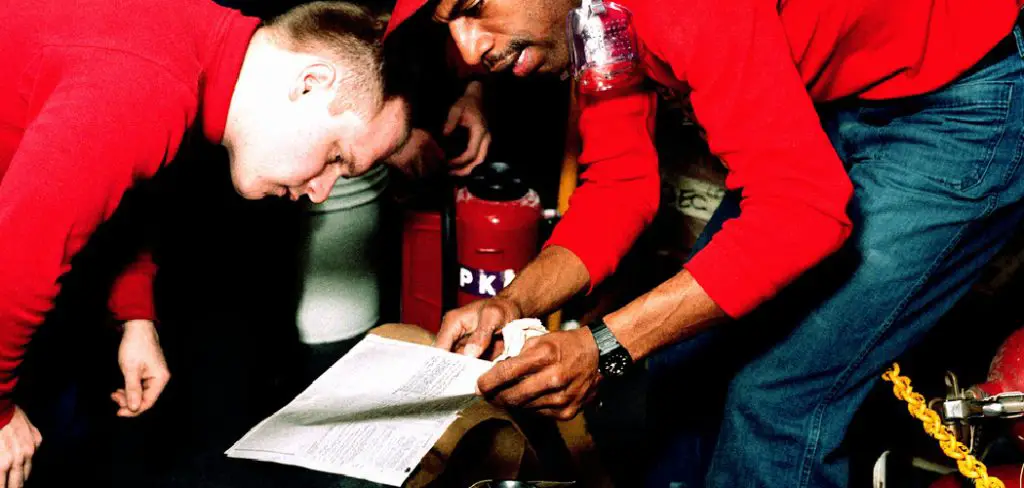
Causes of Inspecting a Fire Extinguisher
- Check its Pressure Gauge: It should be in the green zone or between 12 and 15 bar (175-215 psi). If it’s in the red, replace it immediately.
- Ensure that All of its Parts are Present and in Good Condition: This includes nozzles, levers, clips, or pins needed to make it operational.
- Examine its Body for Dents or Rust: A fire extinguisher should be kept clean and dry. If there are any corroded parts, it should be replaced immediately.
- Ensure that the Expiration Date is Still Valid: Most fire extinguishers have an expiration date. It’s important to check this periodically to ensure it’s still functional.
- Make Sure the Extinguisher is in an Accessible Location: It should be placed close by and visible in case of an emergency.
- Familiarize Yourself with How to Operate it: Before using a fire extinguisher, ensure you know all the steps to operate one correctly. You can find instructions on the fire extinguisher or ask your local fire department for more information.
It’s important to inspect your fire extinguisher regularly to ensure it still works properly in an emergency. With the right maintenance and care, you can be sure that your fire extinguisher will do its job when you need it most.
Step by Step Processes for How to Inspect a Fire Extinguisher
Step 1: Inspect the Pressure Gauge
Remove the dust cover from the fire extinguisher and check to see if the pressure gauge is in the green, indicating that it is pressurized. Check what type of fire extinguisher you are dealing with. There are four main types of fire extinguishers – water, foam, dry powder, and CO2. Ensure the type of fire extinguisher is suitable for the task at hand.
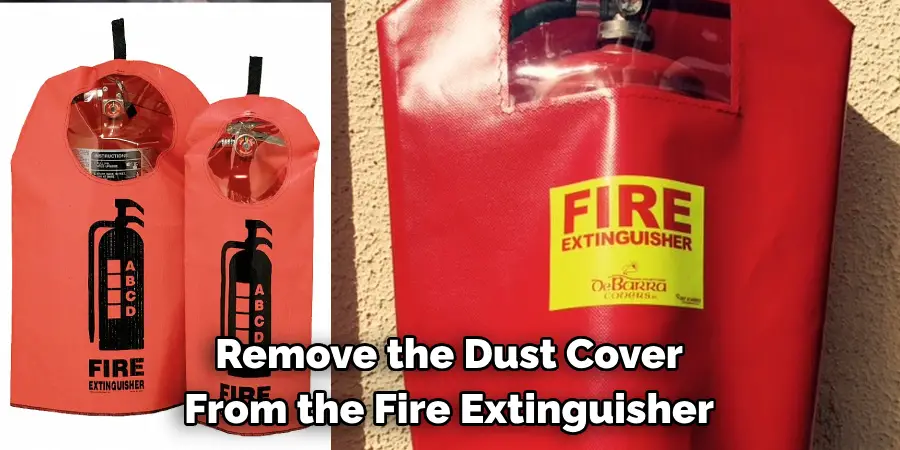
Step 2: Check For Physical Wear and Tear
Inspect the outside of the fire extinguisher for any signs of physical damage, such as dents or cracks in the body or valve. If any are present, they should be replaced and disposed of immediately. Ensure the fire extinguisher is still in date, has clear instructions on how to use it, and any warning signs or labels are legible and visible.
Step 3: Check the Hose Connection Point
Check that the hose connection point is secure and there are no signs of corrosion. Check the hose for any visible signs of damage, such as cracks, punctures, or tears. Scrutinize the valve to ensure it functions properly and securely attach the handle.
Step 4: Check Fire Extinguisher Label & Manufacturer Recommendations
Check that the label of the fire extinguisher matches the manufacturer’s recommendations. Inspecting a fire extinguisher can be dangerous and should only be done by professionals. Perform a short spray test to ensure the fire extinguisher works properly and can be safely used in an emergency.
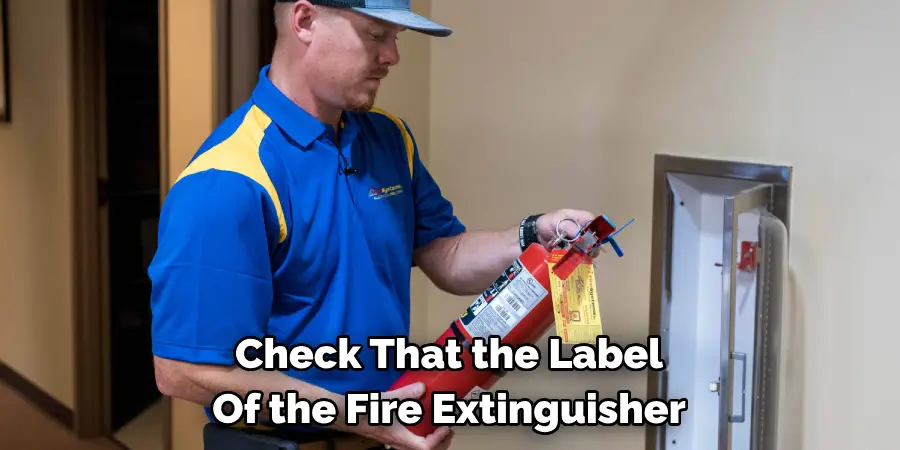
Step 5: Monitor Pressure & Recharge if Necessary
Monitor the pressure of the fire extinguisher monthly and recharge it when necessary. This should only be done by a certified technician.
Inspecting your fire extinguishers regularly is essential to ensure that they are working correctly and up to date. Following these steps will help you have peace of mind in knowing that your fire extinguishers are ready for an emergency.
Safety Tips for How to Inspect a Fire Extinguisher
- Ensure that the fire extinguisher is easily visible and accessible in an emergency.
- Check the pressure gauge for any indication that it has been used or tampered with.
- Examine the operating instructions on the extinguisher to ensure it is rated for your type of fire hazard, such as class A (ordinary combustibles), B (flammable liquids), or C (electrical).
- Confirm that the tamper seal is intact and that no parts from the fire extinguisher are missing.
- Inspect for any visible signs of rust, corrosion, dents, or damage that could reduce the unit’s effectiveness.
- Check all components, including hoses and nozzles, for any signs of leaks or deterioration.
- Test the fire extinguisher to ensure it is in working order by releasing a short burst of the extinguishing agent from the nozzle.
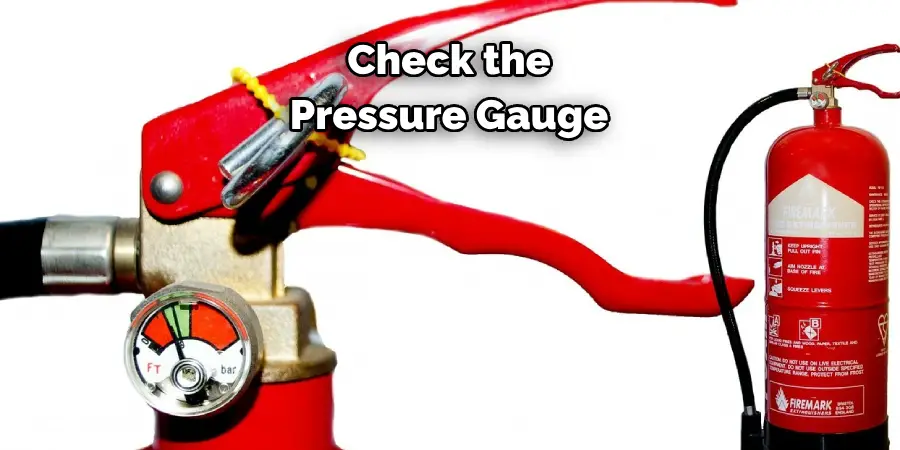
These safety tips can help you take the necessary measures to properly inspect your fire extinguisher so that you are prepared in an emergency. Taking a few moments to check your fire extinguisher and ensure it is in good working order can help save lives and property.
How Often Should a Fire Extinguisher Be Inspected?
A qualified professional should inspect fire extinguishers at least once a year. Additionally, it is recommended that all fire extinguishers are regularly monitored for any visible signs of damage or tampering. An inspection should include a visual assessment of the fire extinguisher and testing to ensure proper operation and pressure levels. If the fire extinguisher has been used or appears faulty, it should be replaced immediately.
It is important to remember that fire extinguishers are only effective when they are in working condition, and regular inspections can help ensure their longevity and proper function during an emergency. Regular inspections also reduce the risk of accidental discharge or misuse, which could lead to dangerous situations. In addition to completing an annual inspection, it is important to ensure all fire extinguishers are located in a visible, easily accessible area. In an emergency, the fire extinguisher should be within reach and identifiable.
Are There Any Special Procedures for Recertifying a Fire Extinguisher?
Yes, recertifying a fire extinguisher is a procedure that must be followed to ensure it is still working correctly. The National Fire Protection Association (NFPA) has established requirements for service personnel and the units. It’s important to ensure the right technician performs the recertification process and follows all safety guidelines to protect the lives and property of everyone in the building.
The recertification process typically involves inspecting the fire extinguisher for any visible signs of damage, such as dents, rust, or holes; making sure all parts are securely attached; checking that the pressure gauge is within an acceptable range; testing for corrosion or deterioration; and replacing any worn out parts. The technician should also check for any signs of tampering or misuse.
Are There Any Manufacturers’ Instructions That Can Assist You in Performing the Fire Extinguisher Inspection?
Yes, a few sources of information can help you inspect your fire extinguishers correctly and safely. Most manufacturers provide documentation on inspecting and maintaining their fire extinguisher models properly. Many also offer an online support channel where you can reach out to them in case of any queries or doubts regarding the maintenance of your fire extinguisher.
Additionally, there are guides available online that provide detailed instructions on how to inspect your fire extinguisher properly. These guides contain step-by-step instructions and, in some cases, even diagrams that help you understand the entire process better. Having access to these resources can make it easier for you to inspect your fire extinguishers and maintain them regularly and properly.
What Are the Advantages of Hiring a Professional Fire Extinguisher Inspector?
Hiring a professional fire extinguisher inspector can be extremely beneficial for your safety. A professional will have extensive knowledge about fire extinguishers and will be able to detect any potential issues you might miss during regular inspections. Furthermore, they will also be able to offer valuable advice on maintaining your fire extinguishers properly.
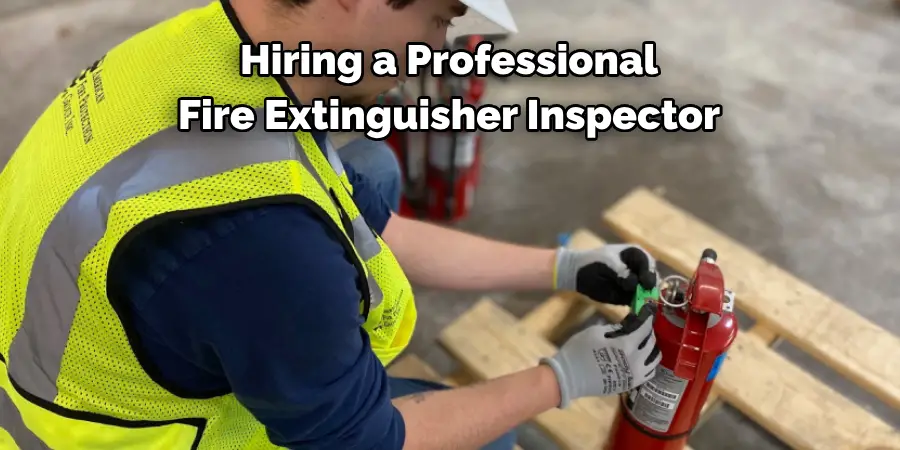
Hiring a professional inspector can also help you save time and money in the long run. Since this type of work requires specialized knowledge, hiring an expert with experience conducting inspection procedures can help you avoid costly mistakes and repairs. Additionally, since professionals are trained to complete these inspections quickly and efficiently, you can rest assured that the process will be completed promptly.
Conclusion
In conclusion, regular fire extinguisher inspections are critical to any facility’s safety program. Knowing how to inspect your fire extinguishers can help catch potential problems or expired units before they cause any harm. Inspections should include checking the pressure gauge, the hose and nozzle, and the unit’s expiration date.
It’s also important to ensure that all employees know where the fire extinguishers are located and how to use them in an emergency. These steps can help ensure that you, your employees, and your customers are safe if a fire occurs. I hope reading this post has helped you learn how to inspect a fire extinguisher. Make sure the safety precautions are carried out in the order listed.
